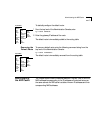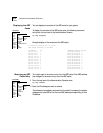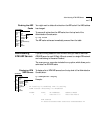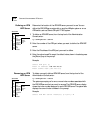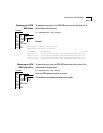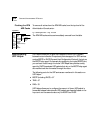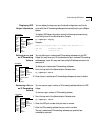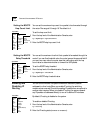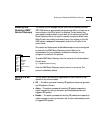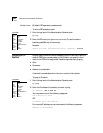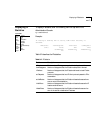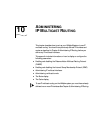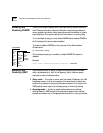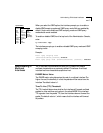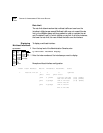
Enabling and Disabling ICMP Router Discovery 9-21
Enabling and
Disabling ICMP
Router Discovery
The Internet Control Message Protocol (ICMP) Router Discovery protocol
(RFC 1256) allows an appropriately configured end station to locate one or
more routers on the LAN to which it is attached. The end station then
automatically installs a default route to each of the routers running ICMP
Router Discovery. You do not need to manually configure a default route.
While IP traffic may initially be directed to any of the routers on the LAN,
ICMP redirect messages will subsequently channel the IP traffic to the
correct router.
Only certain end stations, such as Solaris® workstations, can be configured
to work with the ICMP Router Discovery protocol. Refer to the
documentation for your workstation to determine whether you can
configure it to work with this protocol.
To enable ICMP Router Discovery, from the top level of the Administration
Console, enter
ip icmpRouterDiscovery
Enter the ICMP Router Discovery mode (enabled or disabled). This
protocol is disabled by default.
Setting the RIP
Mode
You can select a RIP mode that is appropriate for your network. RIP can
operate in any of three modes:
■ Off — The station ignores all incoming RIP packets and does not generate
any RIP packets of its own.
■ Active — The station processes all incoming RIP packets, responds to
explicit requests for routing information, and broadcasts periodic and
triggered RIP updates.
■ Passive — The station processes all incoming RIP packets and responds to
explicit requests for routing information, but it does not broadcast periodic
or triggered RIP updates.
Top-Level Menu
system
ethernet
fddi
atm
bridge
➧ip
ipx
appletalk
snmp
analyzer
script
logout
interface
route
arp
atmArpserver
multicast
udpHelper
routing
➧icmpRouterDiscovery
rip
ping
statistics



